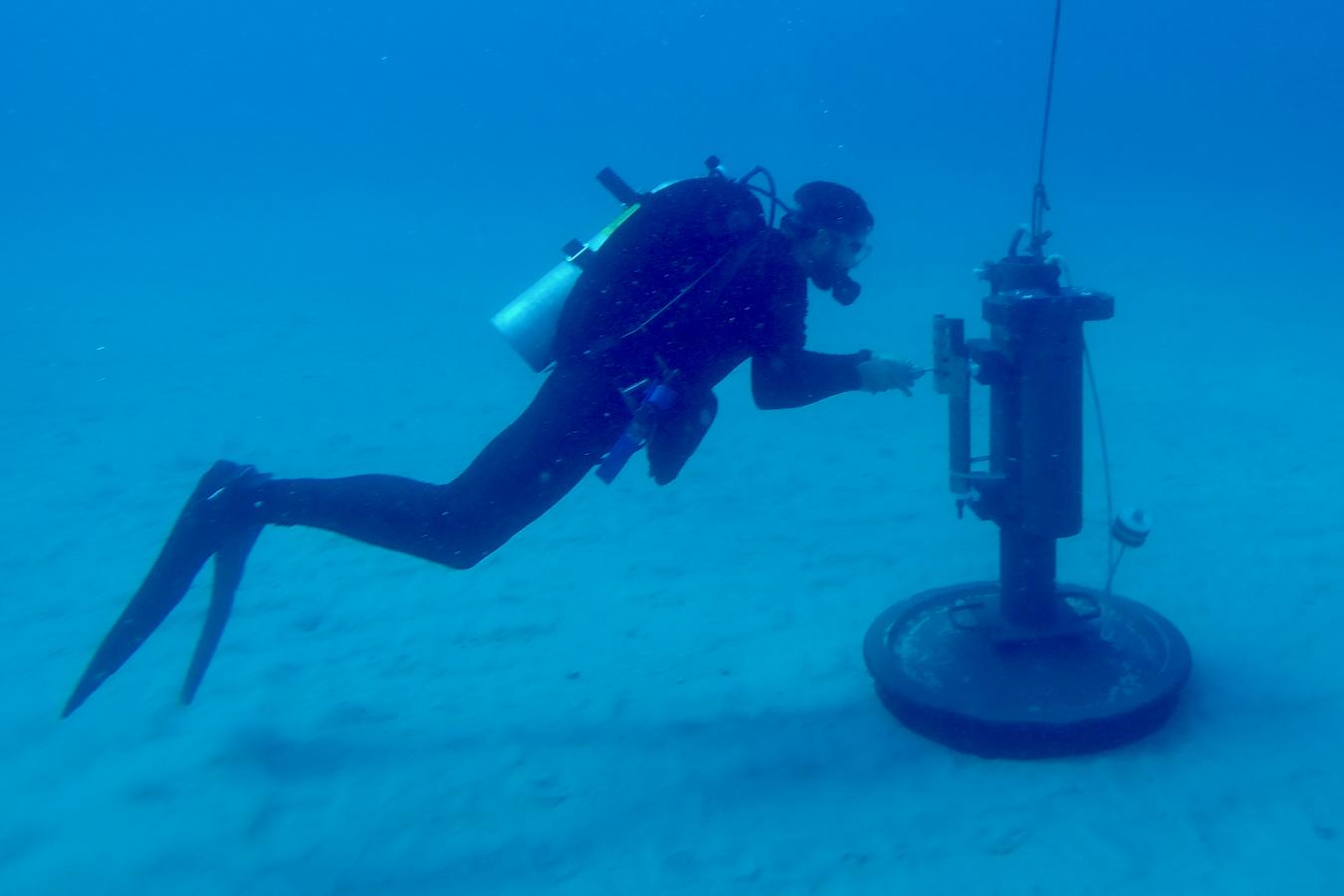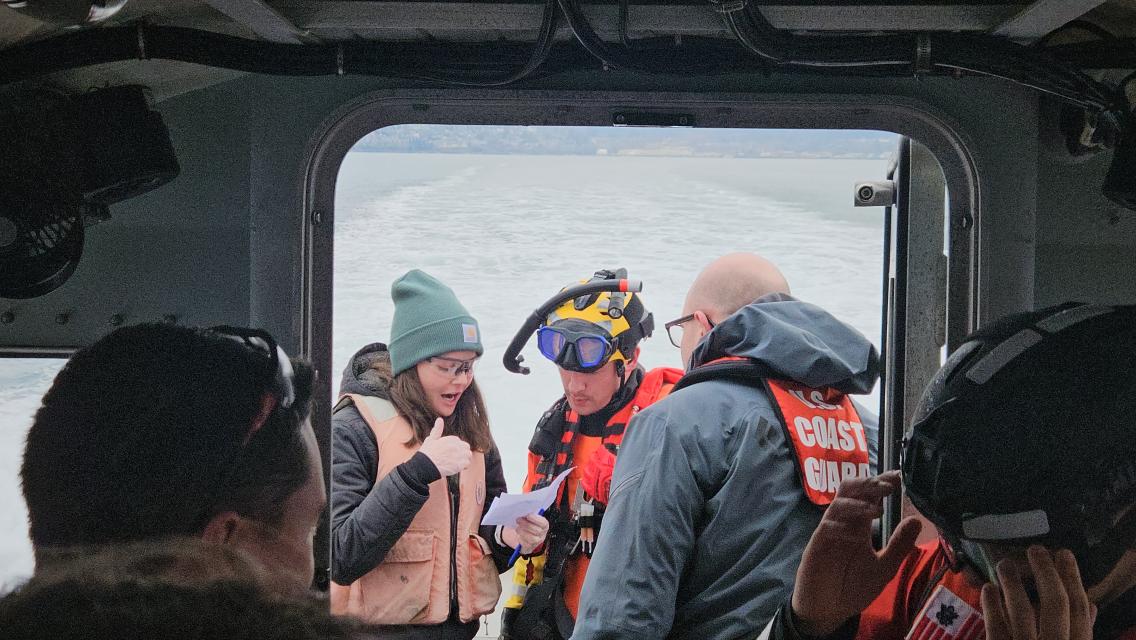
NOAA’s mission stretches from space to the seafloor. In order to access the underwater world, NOAA is supported by a network of about 400 divers managed through the NOAA Diving Program. This network of divers is the largest of any civilian federal agency and includes civilian, commissioned, contracted and volunteer divers.
Despite the magnitude of the NOAA Diving Program, NOAA’s diving incident rate is one-fifth of the rate in the recreational diving world. NOAA is able to maintain such standards across the more than 12,000 dives its divers conduct annually to support NOAA’s science mission, because of the rigorous training program and operational protocols.

Each year, NOAA divers engage in in-water training that evaluates their rescue and scientific diving skills. In addition, new hires that are experienced divers can also be tested for inclusion in the NOAA Diving Program. The diving program also provides opportunities for NOAA divers to engage in additional training to improve the safety and effectiveness of dives such as the Diving Medical Technician Course and Tethered Communications Diver Course.
In early 2025, the NOAA Diving Program also conducted a Remote Emergency Medical Technician course in partnership with the U.S. Coast Guard. This training prepares NOAA divers for maritime-specific medical emergencies. By increasing the technical skill and emergency management expertise of NOAA divers, the agency can increase the safety and productivity of their dive efforts.

